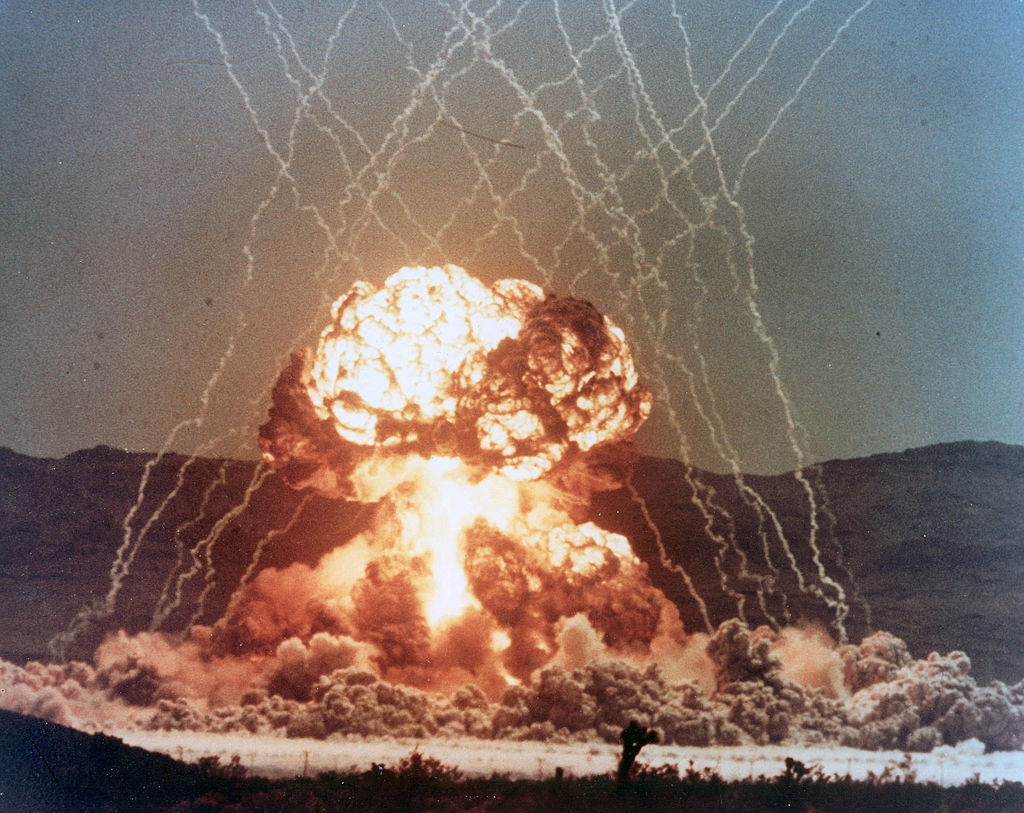In the late 1950s the Space Race between the Soviet Union and the United States was beginning to gain momentum. Although it masqueraded as a lighthearted competition to test the capabilities of human travel, in reality the feud was underpinned with the desire of each nation to prove itself superior. The race to the moon was symbolic of the Cold War as a whole, with both nations publicly demonstrating their technological advances.
The Soviet Union enjoyed initial success with the launch of its Sputnik 1 satellite. In response, the United States attempted to launch their own satellite. Broadcast live, it was an embarrassing failure, exploding seconds after launch.
The US was desperate; it needed to do something impressive, quickly, after such a public display of failure.
The Vanguard rocket exploded seconds after launch.
Thus, Project A119 was born. Known as the rather deceptive A Study of Lunar Research Flights, this top-secret plan was created in 1958 with one primary aim – to detonate a nuclear bomb on the moon. The reasoning behind such a drastic change in objective was that it would help answer mysteries concerning planetary astronomy. However, in reality, the plan was seriously considered because, to put it simply, it was easy.
A desperate United States needed to reclaim the ground they had lost, and Project A119 seemed the perfect way to do so. Apparently hitting the moon with a ballistic missile wouldn’t have been very hard to accomplish, and they could even achieve an accuracy of about two miles.
This was important as the US wanted to make sure that everyone could see their very blatant display of power. The flash created by the missile would have been visible on earth to the naked eye, and those who conceived the project hoped that by blasting the celestial object the public’s belief in their proud nation would be boosted.
One of the scientists working on the project was a young Carl Sagan, who was hired to calculate if the resulting dust cloud would be visible from earth. It is because of Sagan’s biography that the details of this top-secret mission have been revealed.
Unsurprisingly, the mission was eventually abandoned, as there was fear that the public might not react so positively to seeing a fond celestial object blasted to smithereens. It was decided instead that the image of a man walking on the moon would likely be a more positive and inspiring one – probably a good call.
For more unbelievable tales from history, pick up a copy of All About History today.


